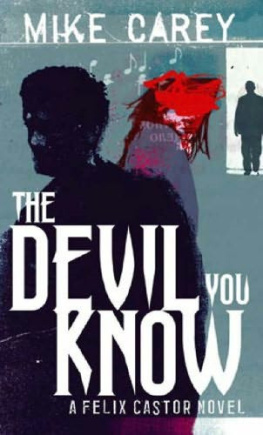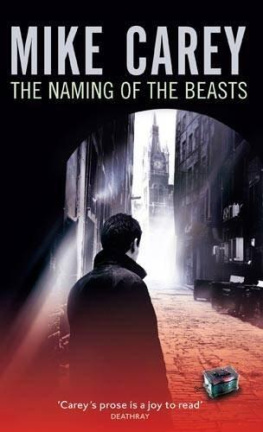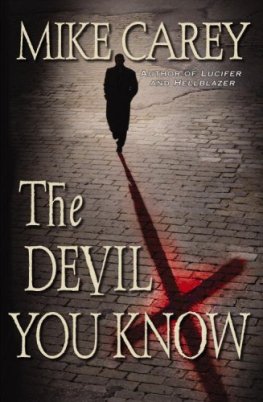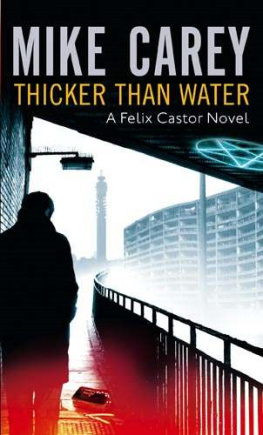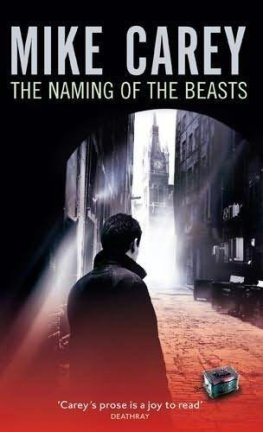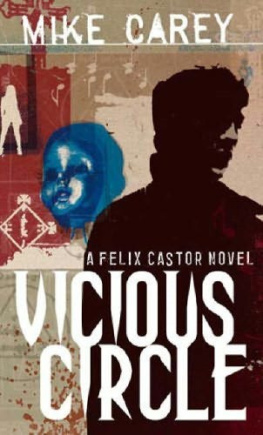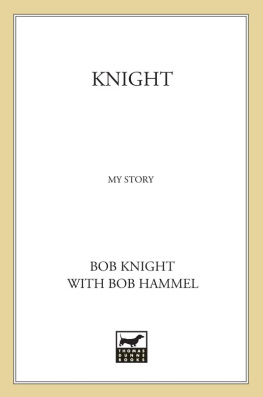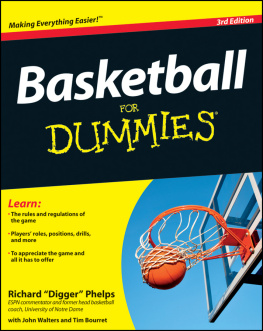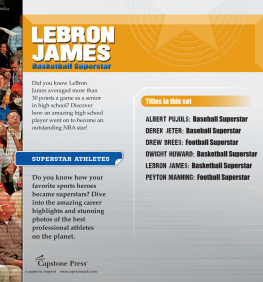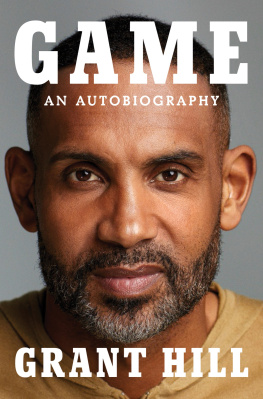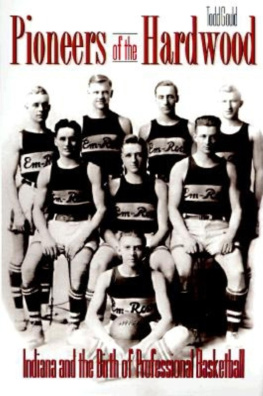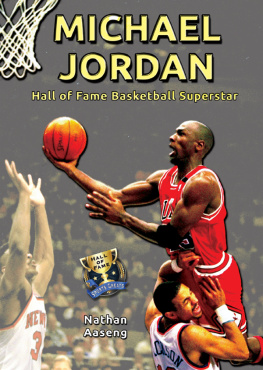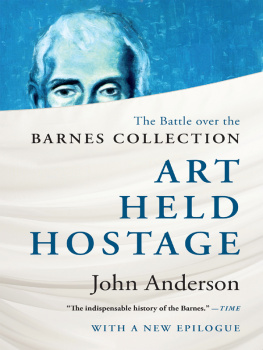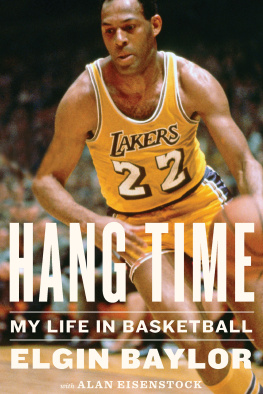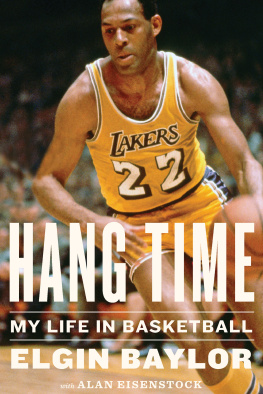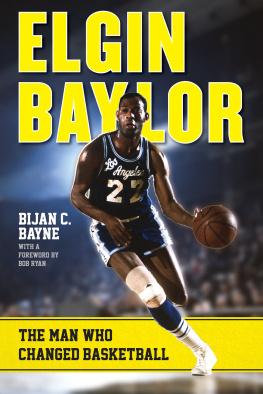Copyright 2016 by Mike Carey
Foreword copyright 2016 by Bob Costas
All rights reserved. No part of this book may be reproduced in any manner without the express written consent of the publisher, except in the case of brief excerpts in critical reviews or articles. All inquiries should be addressed to Sports Publishing, 307 West 36th Street, 11th Floor, New York, NY 10018.
Sports Publishing books may be purchased in bulk at special discounts for sales promotion, corporate gifts, fund-raising, or educational purposes. Special editions can also be created to specifications. For details, contact the Special Sales Department, Sports Publishing, 307 West 36th Street, 11th Floor, New York, NY 10018 or .
Sports Publishing is a registered trademark of Skyhorse Publishing, Inc., a Delaware corporation.
Visit our website at www.sportspubbooks.com.
10 9 8 7 6 5 4 3 2 1
Library of Congress Cataloging-in-Publication Data is available on file.
Cover design by Tom Lau
Cover photographs courtesy of Arthur Hundhausen, remembertheaba.com.
Print ISBN: 978-1-61321-963-8
Ebook ISBN: 978-1-61321-964-5
Printed in the United States of America
To retired Chief Warrant Officer 5 David Nolan, who was a combat helicopter maintenance test pilot for twenty-six years. During his distinguished military career, he served a year in El Salvador, a year in Korea, ten months in Kuwait, twenty-seven months in Iraq, a year in Egypt, and three years in Afghanistan. In 2012, he was awarded the Bronze Star.
Also, to Jeff Twiss, Boston Celtics Vice President of Media Services and Alumni Relations, who is the best in the business. In fact, the only public relations person to ever approach his level of work ethic, knowledge, and helpfulness was his mentor, the late Howie McHugh. And thats the ultimate compliment to Jeff.
And to my friend Brian McIntyre, retired NBA senior adviser to the commissioner and the man who never failed to have David Sterns back.
TABLE OF CONTENTS
Foreword by Bob Costas
In the fall of 1974, Marvin Barnes and I were rookies together in the ABAteammates in a sensewith the Spirits of St. Louis. He was a first-team All-American from Providence and the nations leading rebounder as a senior. From among those who were beginning their pro careers that season, only UCLAs Bill Walton, who joined the Portland Trail Blazers, was more highly regarded.
Marvin carried himself with the ease and self-assurance of a born star, which, his future calamities notwithstanding, he absolutely was.
I was a kid out of Syracuse trying to act as if I knew what I was doingas if I somehow belonged on the same station where Jack Buck was the voice of the Cardinals, where Harry Caray and Joe Garagiola had once been his broadcasting partners.
Marvin and I were each twenty-two, although I looked like I was fifteen. On the court he would often perform incredible feats, and I would do my best to describe them. Off the court, we somehow hit it off. We were always comfortable with each other. And no matter the often-twisted road he followed as his career progressed, we stayed in touch. There were gaps, but we would always reconnect. To be sure, some of what he did was indefensible, but his combination of magnetism, wit, and sheer likability made you want to give him second chances, and then third, and eventually eighth and ninth. After a while, I lost track.
Through it all, over four decades, I was pretty sure that no member of the media knew Marvin Barnes as a player and a person as well as I did. That is, until Mike Carey came along.
Mikes biography of Marvin Barnes is the product of years of meticulous research and vivid personal experiences. I thought I knew Marvins story, in all its brief glory and squandered possibility, in all its hilarity and tragedy. Turns out, I didnt know the half of it.
But here are two things I always knew. The life of Marvin Barnes is one of the great untold stories in American sports, with enough twists and turns, enough of what was and what might have been, to inspire a novel. The other thing I know for sure was that, as least for a while, Marvin Barnes was one of the best basketball players I have ever seen.
Julius Erving was the personification of the ABA, its greatest and most celebrated player. And yet there were nights when Marvin Barnes completely outplayed him. Didnt just hold his own against him. Outplayed him.
Marvin and Moses Malone broke into the ABA in the same season. Moses would go on to a Hall of Fame career. He would be the NBAs MVP three times. The ABAs Rookie of the Year for the 197475 season? Marvin Barnes.
How good was the quality of play in the ABA, a league at first scorned by the NBA but whose three-point shot, slam dunk contests, and celebration of individual flair would soon enough be embraced by the NBA? Good enough that in the first year after the merger (197677), 10 of the 24 players in the NBA All-Star Game and half of the 10 starters in the league finals between the 76ers and the Trail Blazers had played in the ABA. And all of them would tell you there were times when Marvin Barnes was as good as or better than any of them.
When the NBA celebrated its 50th anniversary in 1997, the league named its 50 greatest players of all-time. I have no doubt that had Marvin Barnes achieved anything close to his full potential, he would have been among them. But the fact that he was notand the reasons he was notis what give this story its resonance and poignancy.
This book captures everything Marvin was. Endearing and infuriating. Self-aggrandizing and self-destructive. Fall-down funny and fatally flawed. A wonder and a waste. My unlikely and unforgettable friend.
Preface
What follows is hardly a cold, detached account of the tumultuous rise and fall of Marvin Barnes. Fact is the onetime basketball superstar, who died on September 8, 2014, at the age of sixty-two after battling addiction throughout adulthood, was a friend of mine for more than thirty-seven years. I was his counselor, his critic, and for most of the final four years of his life, his landlord and housemate.
We first became acquainted in 1977 when he was playing for the Detroit Pistons and I was the night news editor at the Boston Herald American . I had written a lengthy article for the Sunday sports section about the former Providence College All-American and his many run-ins with the law, including a felony conviction for attacking a teammate with a tire iron. Barnes, quite predictably, had refused to be interviewed for the piece. I dont talk to reporters no more, he told me in a 20-second phone conversation. Youre all scumbags.
On the day the piece was published, I received an unexpected call. This is Marvin. Nice story you wrote, he said. There were a couple things I disagree with, but all in all, you did right by me. Like to meet you one of these days.
Tell me, Marvin, why would you want to meet with a scumbag? I said.
For the next 10 seconds, the only sound I heard was his booming belly laugh. You got me good with that one, he finally said.
A month later, Barnes phoned again, inviting me to visit him at, of all places, the Rhode Island Adult Correctional Institute, where he had just begun serving a four-month sentence for having violated the terms of probation in his assault case by attempting to carry an unloaded pistol onto a plane at Detroits Metro Airport.
Strictly to satisfy my increasing curiosity about the man frequently referred to in the media as Bad News, I agreed to sit down with him at the prison. Frankly, I expected to find myself face-to-face with a common street thug. Instead, I found him to be a modern-day Artful Dodger; nothing more than a mischievous overgrown kid. For the entire 30-minute conversation, he entertained me with uncensored, albeit embellished, tales of his Providence ghetto upbringing and his ascension to basketball prominence.


